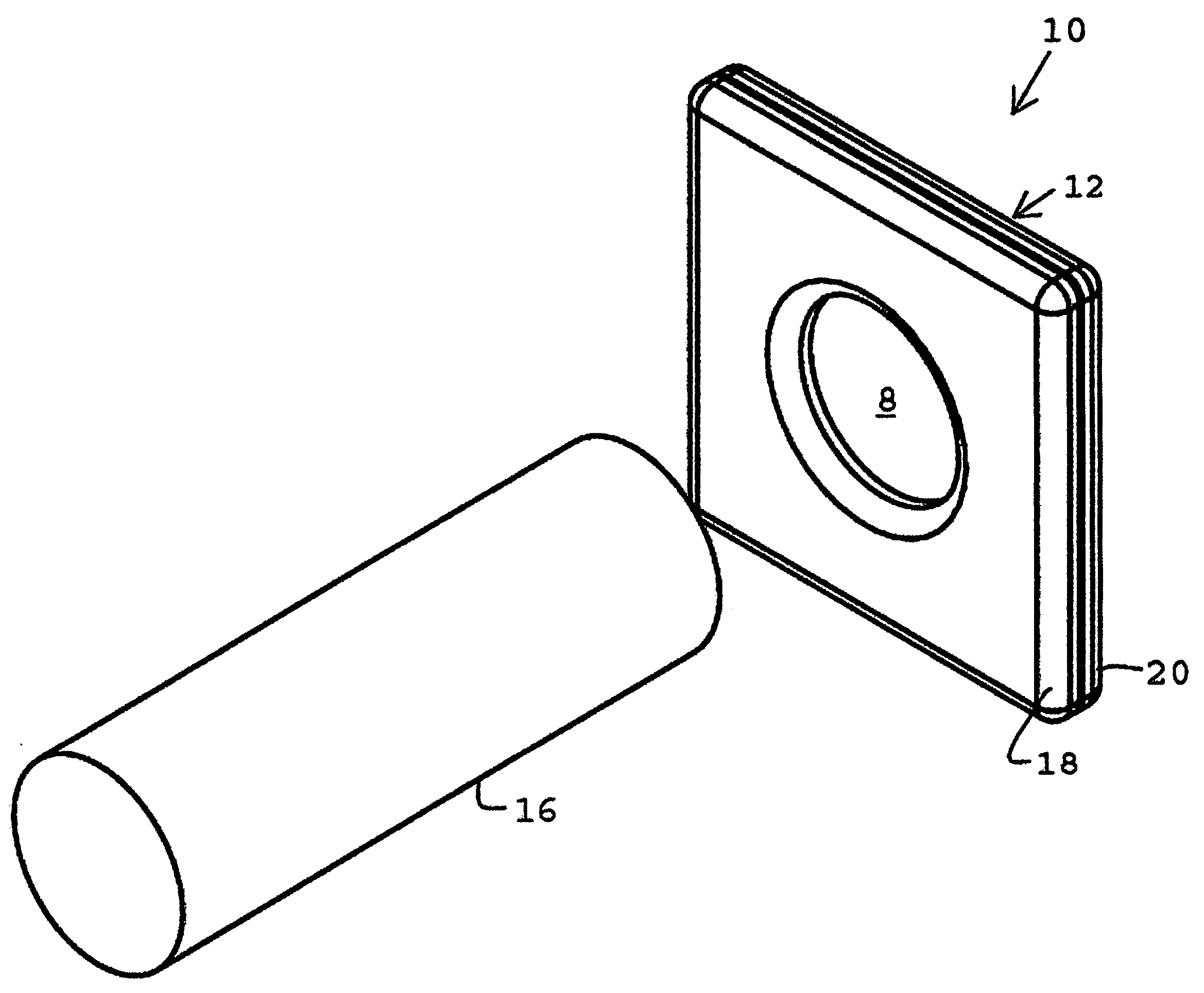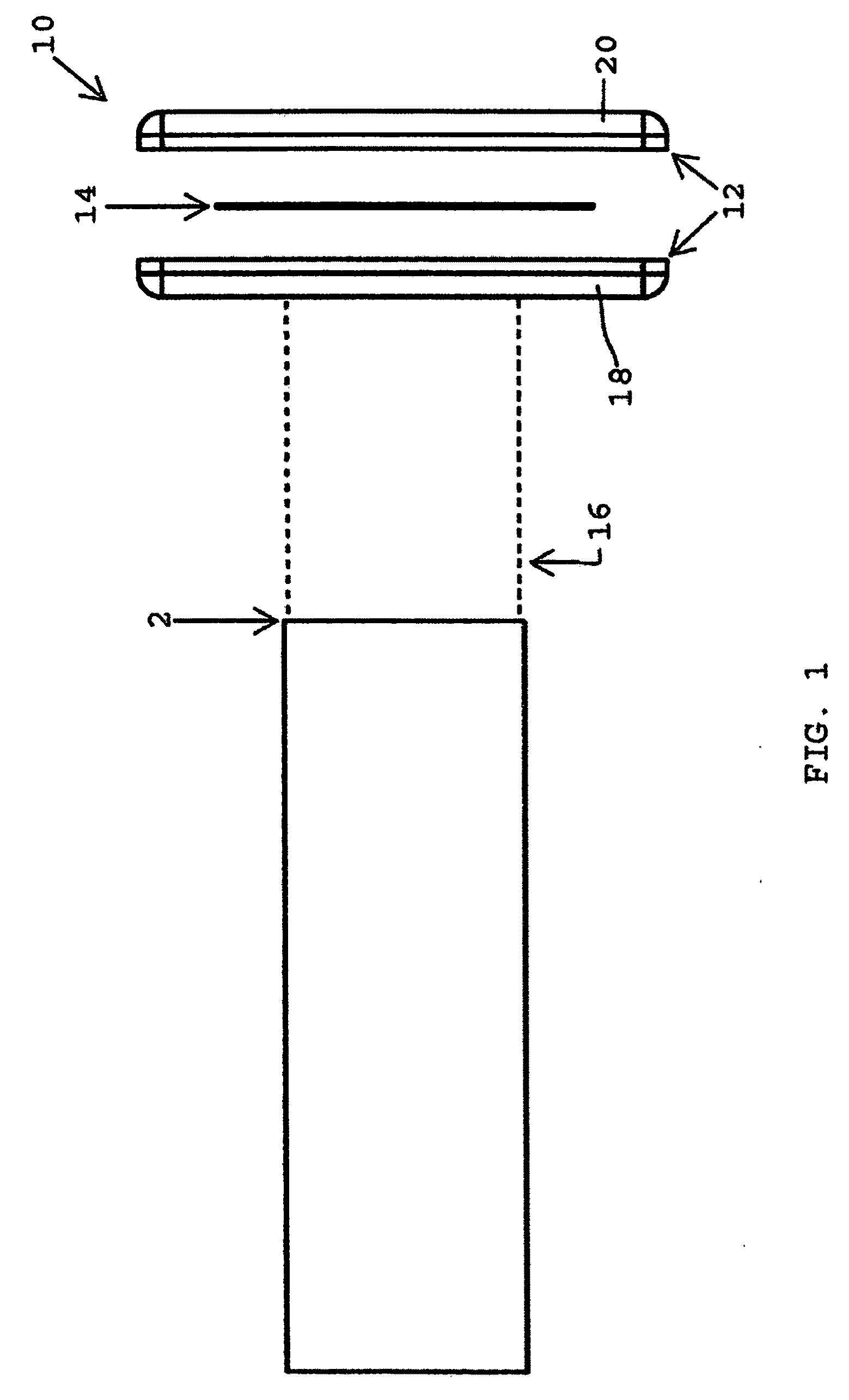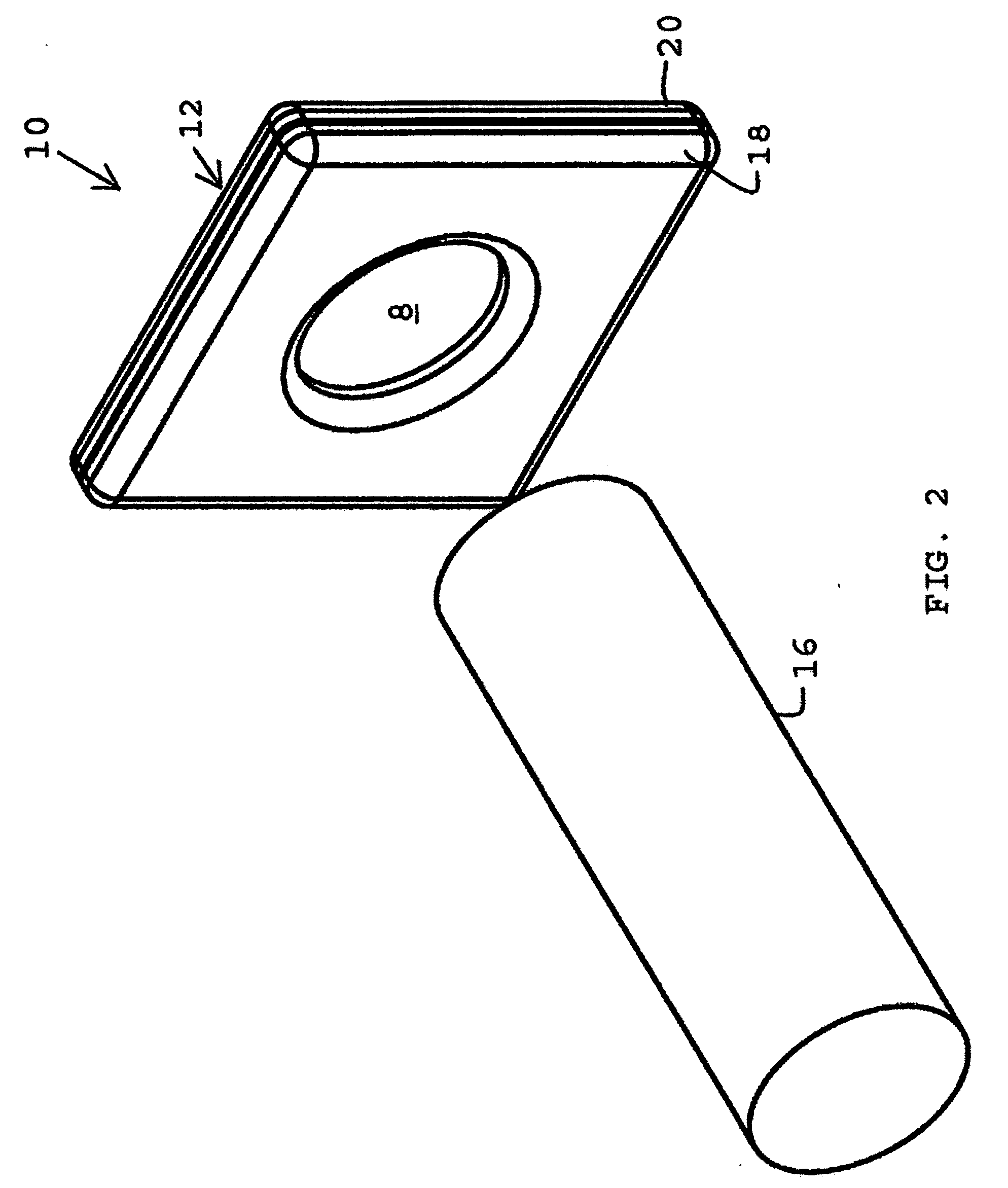Hydrogen-lithium fusion device, method and applications
- Summary
- Abstract
- Description
- Claims
- Application Information
AI Technical Summary
Benefits of technology
Problems solved by technology
Method used
Image
Examples
experimental verification
Additional Experimental Verification
[0099]In April 2008 under a Space Act Agreement with NASA, UGC performed 4 additional experimental tests referred to as tests #5-8. In test #5, the Faraday Cup used in test #4 and subsequently in test #8 was calibrated. In tests #6-7, control experiments were performed that included components used in the previous tests #1-4. In test #8, the Faraday Cup was used to measure both current and heat from fusion byproducts.
[0100]Tests #5-8 provide additional experimental proof of the feasibility of the Hydrogen-Lithium Fusion Device (HFLD) and its applications. The facility, ion accelerator, targets, target holders and protective shielding were substantially as described above, except that the beam energy and current were increased in some runs to 700 keV and 42 μA. In addition, the following measurement apparatus were used:
[0101]10.2 cm diameter aluminum cylinder as outer shield, 1.3 cm sidewalls, 26.7 cm long with beveled edges[0102]6.4 cm ...
PUM
 Login to View More
Login to View More Abstract
Description
Claims
Application Information
 Login to View More
Login to View More - R&D
- Intellectual Property
- Life Sciences
- Materials
- Tech Scout
- Unparalleled Data Quality
- Higher Quality Content
- 60% Fewer Hallucinations
Browse by: Latest US Patents, China's latest patents, Technical Efficacy Thesaurus, Application Domain, Technology Topic, Popular Technical Reports.
© 2025 PatSnap. All rights reserved.Legal|Privacy policy|Modern Slavery Act Transparency Statement|Sitemap|About US| Contact US: help@patsnap.com



